Characteristics
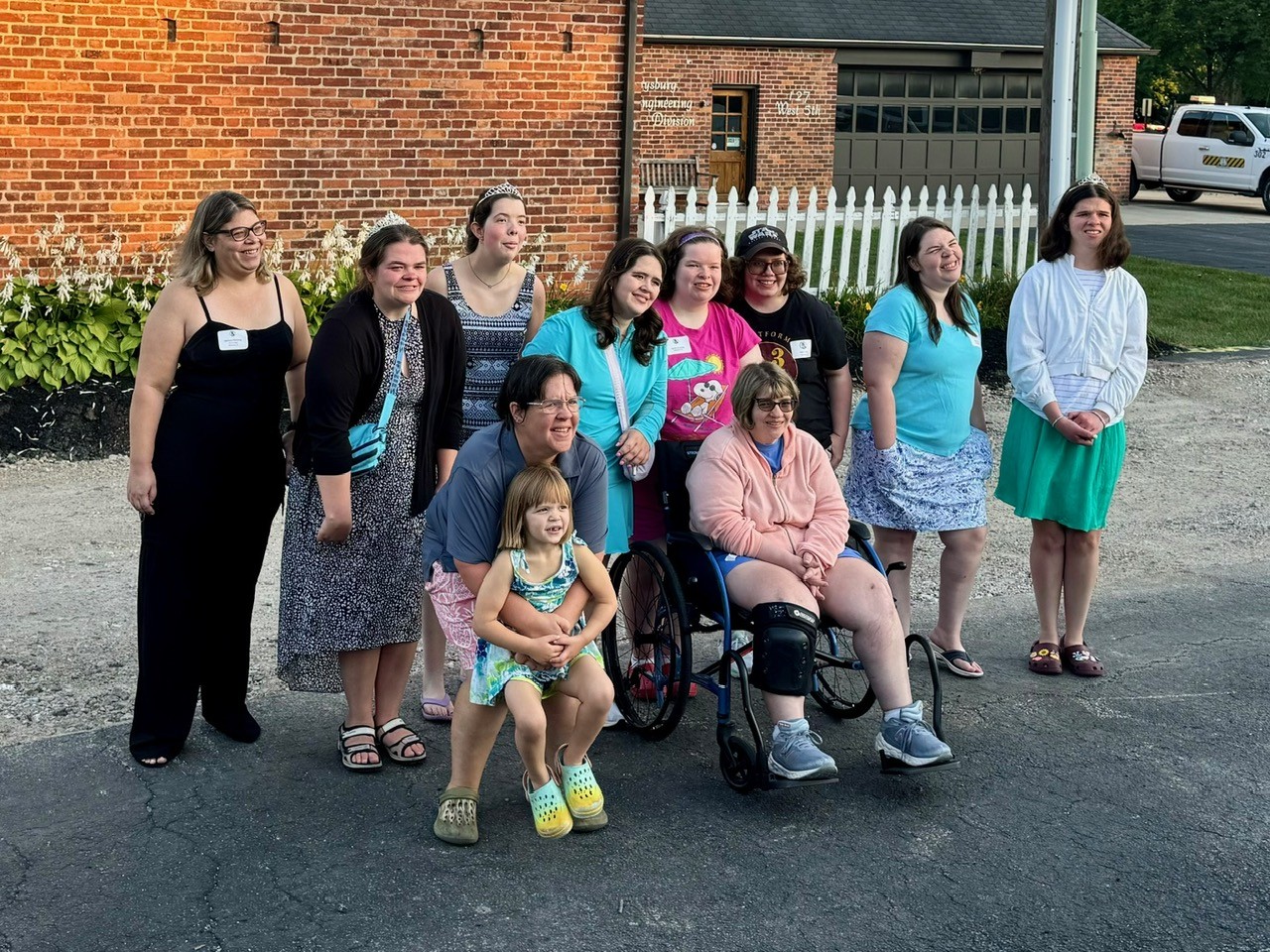

A person with CLS may have some or all of the characteristics listed below, or any combination. The most diagnostic clues that are common to all persons with CLS are tapered fingers, downward slanting eyes, and delayed bone development. Distal tufting of the fingertip bones is also highly diagnostic, but this is only visible on X-ray. It is important to remember that each person is unique and that their own genetic makeup will also be a factor.
Crainiofacial
- Hypertelorism – A greater than normal distance between the pupils of the eyes
- Downward slanting Palprebral fissures –
The opening between the eyelids is narrow and slants downward from inner corner to outer corner - Thick septum – A broad nose with a thicker than normal area between the nostrils
- Everted lips – Large mouth with full, turned out lips
- Prominent, low-set ears
- Ptosis – Fullness of the upper eyelids
- Prominent eyebrow ridges
- Thickened skull with large frontal sinuses [1]
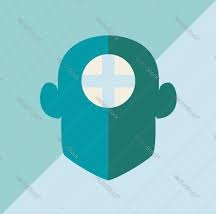

Skeletal
The spine should be monitored by a physician regularly for scoliosis and spinal stenosis.
- Narrow intervertebral spaces
- Congenital spinal stenosis
- Delayed bone development
- Brittle bones
- Pectus carinatum or pectus excavatum
- Kyphosis and/or scoliosis (32% to 47% affected)
- Short stature – 5th percentile for height (95% affected) [1] [2][4]
Hands
- Short, tapered fingers
- Tufting of distal phalanges (only visible on X-ray)
- Puffy hands – soft, elastic skin
- Short, curved fingernails
- Hypothenar crease (short, horizontal line in palm of hand below little finger) [1] [4]
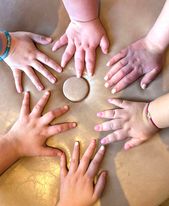

Hearing/Vision Impairment
- Sensorineural deafness occurs in approx. 30% of people with CLS
- Significant vision problems are uncommon [1]
Cognitive / Behavior
- Severe intellectual disability in most cases – rarely, mild to moderate
- Pleasant personality – their good loving temperament remains intact throughout life
- Females have a higher rate of psychiatric illness than the general population
- Speech is typically affected but to varying degrees
- Some autistic-like behaviors
- Can occasionally be frustrated due to lack of and understanding needs (communication challenges) [1] [4]

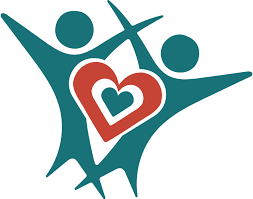
Cardiac Involvement
About 14% of males and 5% of females have cardiovascular disease – annual cardiac examination, including echocardiogram by age ten and repeated every five to ten years is recommended.
- Abnormalities of the mitral, tricuspid and aortic valvues, mitral valve stenosis
- Short chordae
- Cardiomyopathy
- Congestive heart failure
- Dilation of the aorta and pulmonary artery [1] [4]
Mobility
- Sitting, crawling and walking are delayed
- Challenges with fine and gross motor coordination
- Loss of strength and muscle mass
- Ataxic gait
- Both decreased and increased deep tendon reflexes
- Progressive spasticity
- Progressive paraplegia with loss of ability to walk, due to calcification of the ligamenta flava and congenital stenosis (narrowing) of the spinal canal
- Sensory integration issues and sensory defensiveness, most noticeable in early childhood
- SIDEs (Stimulus Induced Drop Episodes) Stimulus-induced Drop Episodes may progress the need to utilize a wheelchair for mobility due to safety concerns. [1]
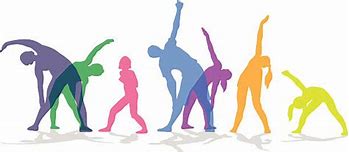
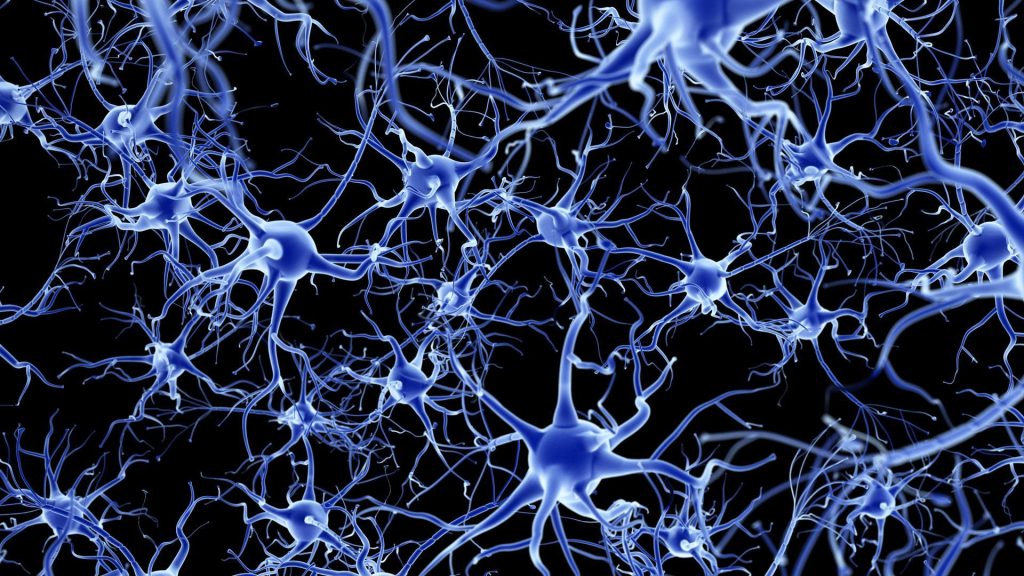
Neurological Conditions
- Stimulus-induced Drop Episodes (SIDEs) unexpected tactile or auditory stimuli or excitement triggers a brief collapse but no loss of consciousness – treatment includes medications such as valporate, clonazepam, selective serotonin uptake inhibitors or limotrigine.
- Epileptic seizures affect about 5% of individuals [1]
- (See Psychiatric Disorders below)
Teeth and Mouth
Dental anomalies are common and may include:
- High, narrow palate
- Small, widely-spaced peg-shaped baby teeth
- Midline lingual furrow (midline groove in tongue)
- Malocclusion (“bad bite”)
- Early loss of baby teeth
- Late eruption of primary teeth
- Missing permanent teeth
- Small jaw
- Obstructive sleep apnea

It is important to maintain dental care early and regularly to ensure best care for people with CLS. [3]
Psychiatric Disorders
Twenty families have reported individuals (mostly females) with CLS showing episodic or long standing psychotic behavior. In one instance this resulted in hospitalization for over 30 years. In another family, one woman was described as being “shy and retiring” whereas her sister had a life long history of being “in a world of her own”. Three other affected females in two different families have been diagnosed as having either schizophrenia or a depressive psychosis. In a different family, a young woman became very delusional. With immunotherapy and other medications, she fully recovered from her cognitive decline and psychosis. Given the relative rarity of CLS, these reports indicate psychotic behavior may be a characteristic rather than a spurious observation. Onset seems to appear around the age of 20 years. Response to current therapies is variable. While it appears to be more prevalent in females, a few males with CLS have also been reported to have some kind of neuropsychiatric regression. [5]

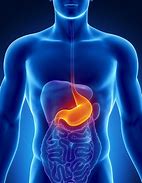
Digestion
Many families have reported issues with digestion, specifically chronic constipation in their loved ones with CLS. Laxatives given regularly seem to help as does the combination of laxatives, a high fiber diet and exercise. As always, consult your medical professional before starting a treatment plan.
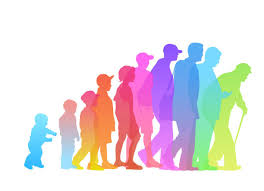
Life Span
The life expectancy of someone with Coffin-Lowry syndrome (CLS) varies depending on the severity of their symptoms. There is no set limit as to how long an affected person with CLS may or may not live. One recently reported (2021) individual is alive at age 48 years. In addition, another reported (to the CLS Foundation) male with CLS was living in England at the age 72 years (reported in 2024). There is no actuarial data that estimates life span for individuals with CLS. Since many adults with disabilities have not undergone advanced genetic testing, it is likely that many adults with CLS are unrecognized and under reported. [1]
- Early intervention and continued therapeutic practices can improve the outlook for people with CLS. Treatment is symptomatic and supportive and may include physical and speech therapy and educational services.
- Females with CLS tend to survive longer than males, but their lifespan may also be shortened.
- As individuals with CLS reach adulthood, transitioning from pediatric to adult care becomes essential. Families explore vocational training, independent living options, and guardianship arrangements.
Common causes of death for people with CLS include:
- Cardiac complications
- Respiratory complications
- Progressive kyphoscoliosis
- Seizure-associated aspiration of stomach contents
- Complications from surgery/anesthesia
- Complications from spinal stenosis [1]
References
[1] RPS6KA3-Related Intellectual Disability – PubMed (nih.gov) Rogers RC, Abidi FE, 2002 Jul 16. Updated Mar 2023
[2] https://ern-ithaca.eu/wp-content/uploads/2020/12/Hanauer_CLs_molec_JMedGenet2002.pdf, A Hanauer, I D Young, 2002
[3] https://pubmed.ncbi.nlm.nih.gov/16643544/ K Igari, Y Hozumi, Y Monma, H Mayanagi, May 2006
[4] Identification of a New Mutation in RSK2, the Gene for Coffin-Lowry Syndrome (CLS), in Two Related Patients with Mild and Atypical Phenotypes – PubMed (nih.gov) Di Stazio M, Bigoni S, Iuso N, Vuch J, Selvatici R, Ulivi S, d’Adamo PA, 2021 Aug 22
[5] https://pubmed.ncbi.nlm.nih.gov/7841685/ The association between Coffin-Lowry syndrome and psychosis: a family study, U Sivagamasundari 1, H Fernando, P Jardine, J M Rao, P Lunt, S L Jayewardene, 1994 Oct



